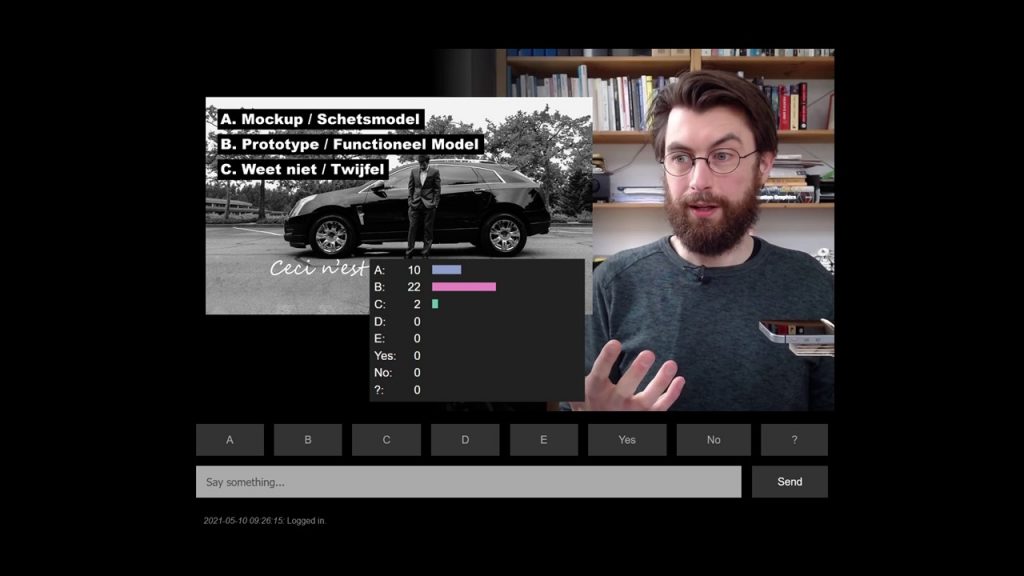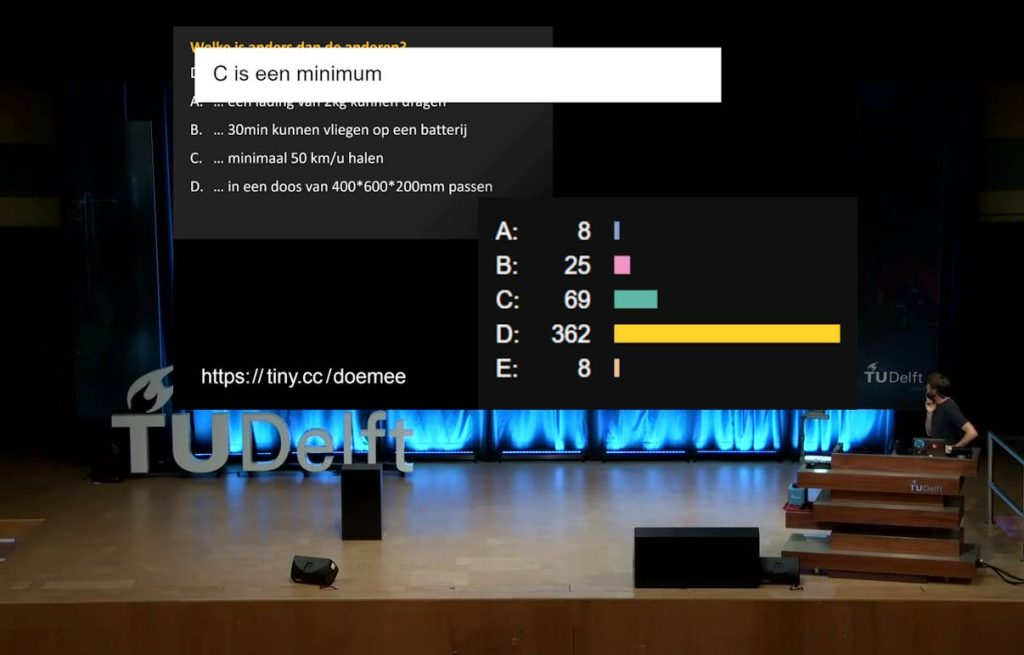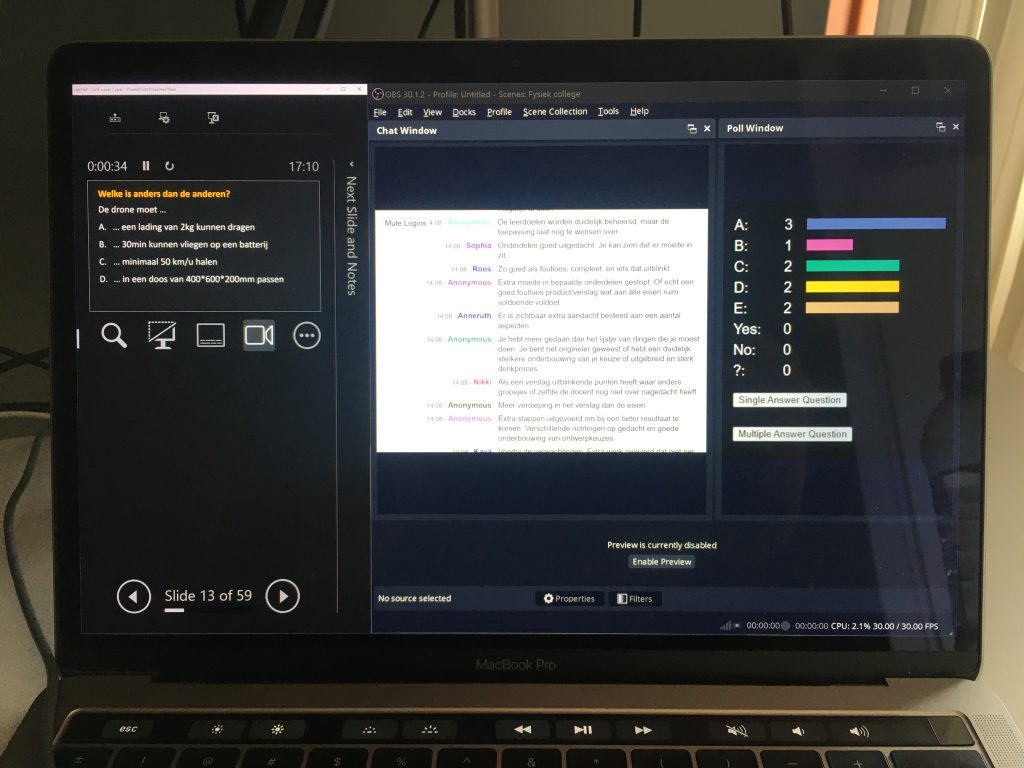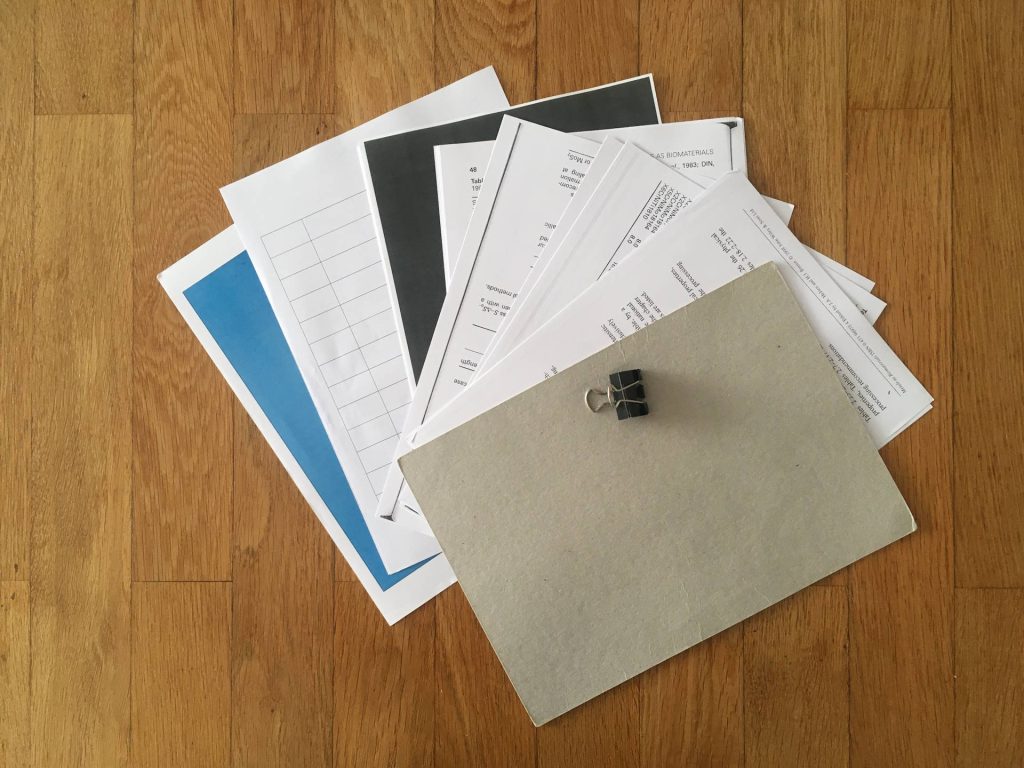This post is my entry for Indie Web Carnival August 2024 hosted by Steve at Tangible Life.
What is the difference between a ritual and a habit or routine?
Steve pointed out two aspects of ritual towards the end of his own post for this month’s carnival: being under your active, conscious control and the richness of the experience.
The second is, in part, a result of being “invested in the process”. This links it with the first aspect. They seem like two sides of the same coin.
For something to be a ritual, it has to have meaning. It’s a way to enact your values, a way to step outside the day-to-day and remind yourself of them. To practice them – both in the sense of ‘training’ and in the sense of ‘putting into practice’.
That means it’s not enough for a routine to be a pleasant bodily or aesthetic experience. If aesthetic joy or the value of tangible things are part of the values you’re affirming, this aspect is critical, yes. But the opposite can also be true.
It might also be that habits or routines become unintentional rituals. When you do something the same way repeatedly, you affirm and practice the values implicit in that way of doing things. This is a virtue ethics way of looking at it. If morality is something you achieve and maintain through training, you better be training yourself according to values that you would actually endorse on conscious reflection.
I am a creature of habit. I have a limited set of meal recipes I cook, there’s very little variation in what I put on bread at breakfast and lunch, I drink three cups of coffee a day (one after each meal), I keep using personal objects, devices, and clothes until they fall apart and then I tend to go out and get the exact same ones again (or close to it), etc.
Apparently, then, I do not value variation, surprise, new experiences, or new tastes. But I do! It’s one of the things I appreciate about my partner. She shows me the fun and value in trying new things, in breaking routines, or acting on impulse. For some reason I find it hard to break out of my patterns by myself. Perhaps I should try to adopt a habit or ritual of doing just that – consciously, repeatedly.




